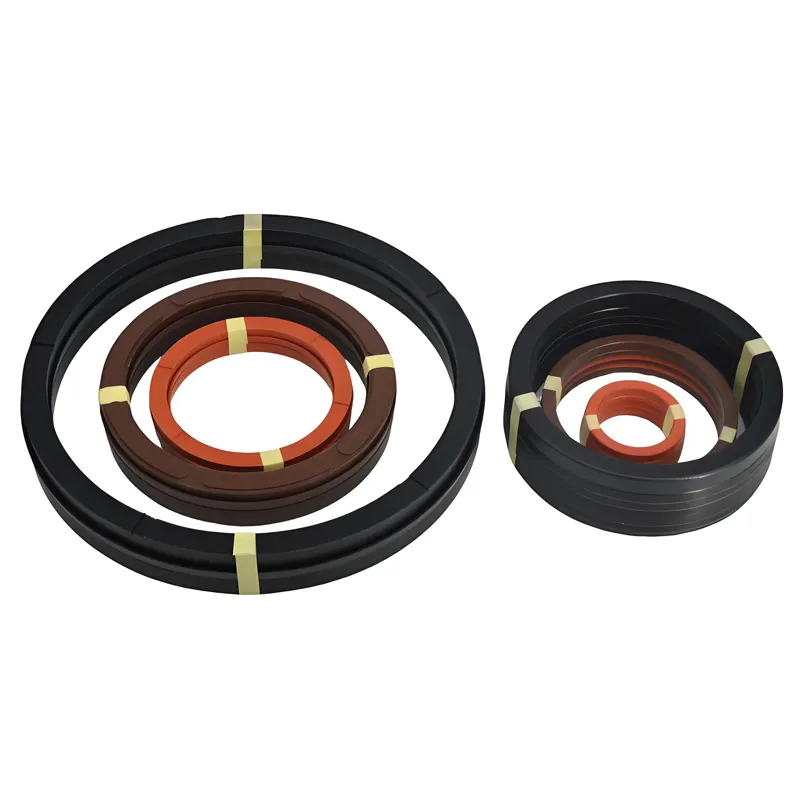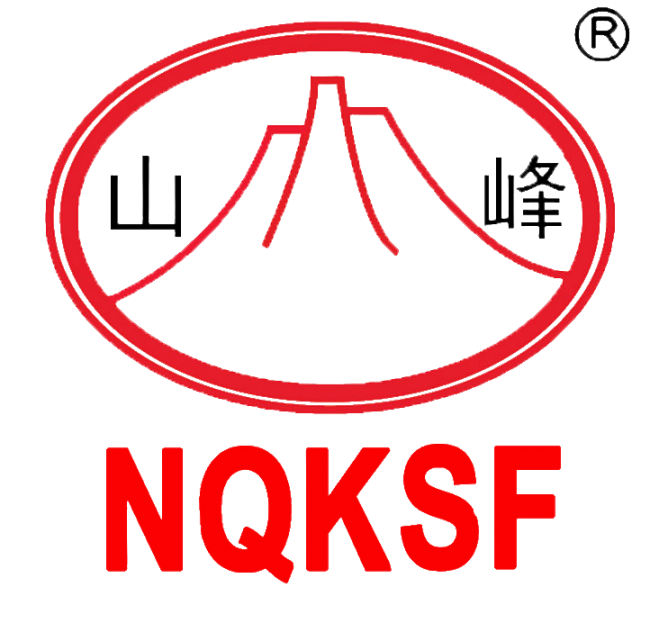Understanding Modern Sealing Solutions for Industrial Equipment
In the complex world of industrial machinery and equipment, the importance of reliable sealing solutions cannot be overstated. The pneumatic oil seal series represents a significant advancement in sealing technology, offering superior protection against leakage while maintaining optimal pressure in various industrial applications. These specialized seals have become increasingly vital across multiple sectors, from manufacturing to heavy machinery operations.
As industrial processes become more sophisticated and demanding, the need for efficient and reliable sealing solutions grows exponentially. Modern equipment operates under intense pressures and varying temperatures, requiring sealing components that can withstand these challenging conditions while maintaining their integrity and performance.

Essential Components and Design Features
Material Composition and Durability
The pneumatic oil seal series is engineered using high-grade materials specifically chosen for their resilience and longevity. These materials typically include nitrile rubber (NBR), fluorocarbon (FKM), and polytetrafluoroethylene (PTFE), each offering unique advantages in different operating conditions. The careful selection of materials ensures optimal performance across a wide range of temperatures and chemical environments.
Advanced manufacturing processes enhance the durability of these seals, incorporating special treatments and coatings that extend their service life. The material composition also plays a crucial role in maintaining flexibility while resisting wear and degradation over time.
Structural Elements and Sealing Mechanism
The design of a pneumatic oil seal incorporates multiple structural elements working in harmony to provide effective sealing. The lip design, spring loading, and surface finish all contribute to the seal's ability to maintain proper contact pressure and prevent leakage. The precision-engineered profile ensures consistent performance even under varying operating conditions.
Each component serves a specific purpose, from the main sealing lip that prevents oil leakage to the secondary lips that provide additional protection against contamination. The careful balance of these elements results in optimal sealing efficiency and extended equipment life.
Performance Characteristics and Applications
Operating Parameters and Limitations
Understanding the performance envelope of pneumatic oil seals is crucial for proper application. These seals typically operate effectively within specific pressure ranges, usually between 0.5 to 10 MPa, depending on the design and materials used. Temperature limitations also vary, with some specialized variants capable of functioning from -40°C to +200°C.
Speed ratings and shaft surface requirements must be carefully considered to ensure optimal performance. The operating environment, including exposure to chemicals and contaminants, plays a significant role in seal selection and expected service life.
Industry-Specific Applications
The versatility of pneumatic oil seals makes them suitable for numerous industrial applications. In manufacturing equipment, these seals provide reliable protection for rotating shafts and reciprocating components. The automotive industry relies heavily on these seals for various applications, from engine systems to power transmission units.
Heavy machinery and construction equipment benefit from the robust nature of pneumatic oil seals, particularly in hydraulic systems where maintaining pressure integrity is crucial. The aerospace sector also utilizes these seals in various applications where reliability and precision are paramount.
Installation and Maintenance Considerations
Proper Installation Procedures
Successful implementation of pneumatic oil seals begins with proper installation. This process requires careful attention to detail, including thorough cleaning of all components, proper alignment, and the use of appropriate installation tools. Surface preparation and lubrication are critical factors that significantly impact seal performance and longevity.
Installation errors can lead to premature failure and reduced efficiency. Following manufacturer guidelines and using recommended installation tools helps ensure optimal seal performance from the start. Special attention must be paid to avoiding damage during installation and maintaining proper orientation of the seal.
Maintenance and Monitoring
Regular maintenance and monitoring are essential for maximizing the service life of pneumatic oil seals. This includes periodic inspection for wear patterns, checking for proper lubrication, and monitoring operating conditions. Early detection of potential issues can prevent costly equipment failures and downtime.
Establishing a comprehensive maintenance schedule helps track seal performance and predict replacement needs. This proactive approach to maintenance can significantly reduce unexpected equipment failures and optimize operational efficiency.
Frequently Asked Questions
How Long Do Pneumatic Oil Seals Typically Last?
The service life of pneumatic oil seals varies depending on operating conditions, maintenance practices, and application requirements. Under optimal conditions and proper maintenance, these seals can last anywhere from 3,000 to 10,000 operating hours. Regular inspection and adherence to maintenance schedules can help maximize their lifespan.
What Are the Signs of Pneumatic Oil Seal Failure?
Common indicators of seal failure include visible oil leakage, decreased system pressure, unusual noise or vibration, and increased operating temperature. Regular monitoring can help detect these signs early, allowing for timely replacement before catastrophic failure occurs.
Can Pneumatic Oil Seals Be Used in High-Temperature Applications?
Yes, specially designed pneumatic oil seals using high-temperature materials like fluorocarbon (FKM) or PTFE can operate effectively in environments up to 200°C. However, it's crucial to select the appropriate seal material and design based on specific temperature requirements and other operating conditions.

